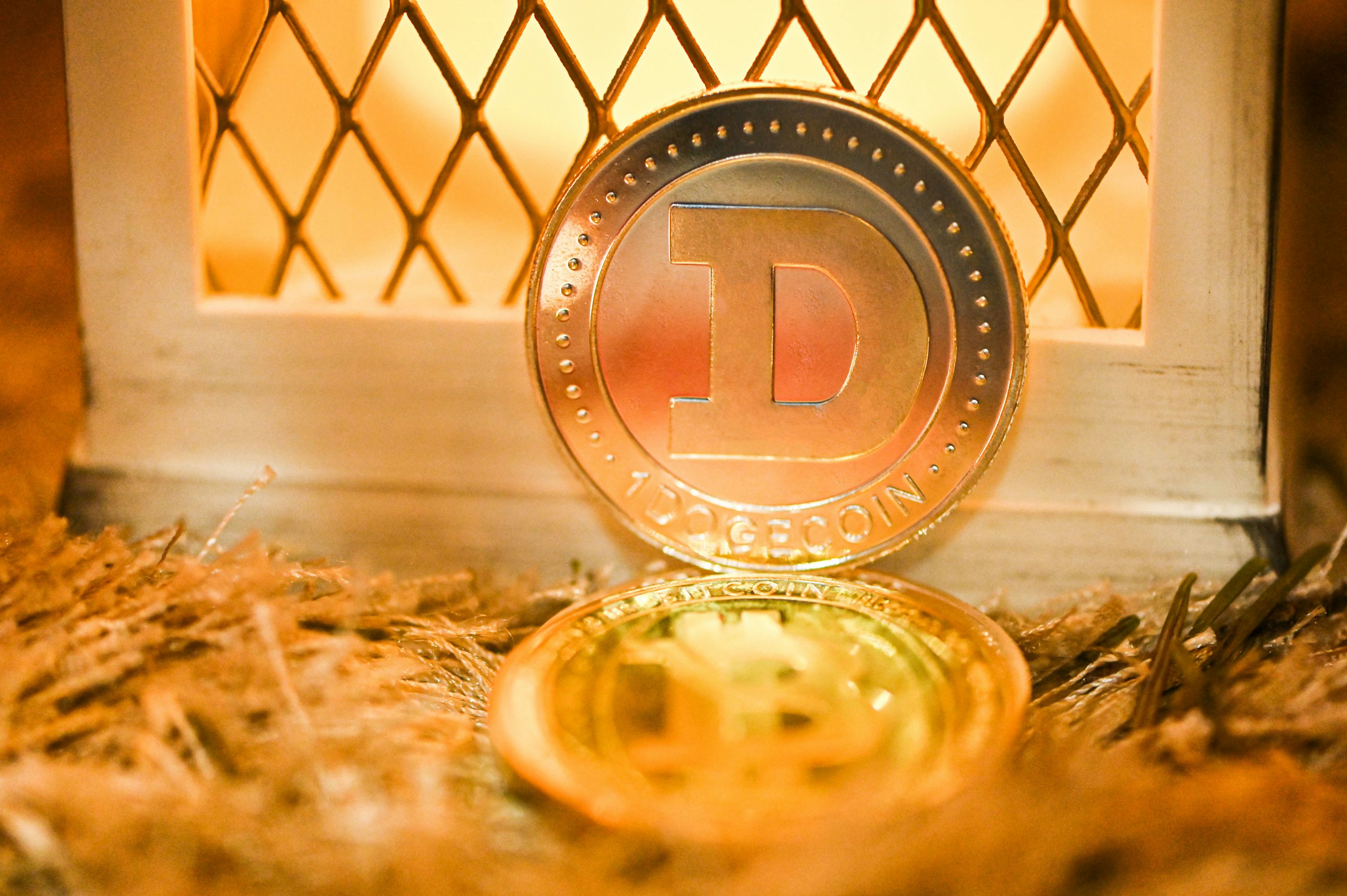ARTICLE AD
Miners who are unable to adjust to the changing market may be forced to exit.
Bitcoin mining is growing increasingly uninteresting for individuals in that line of business. While it has always been a high-stakes venture, new insights show just how challenging the environment has become and how things could even go from bad to worse if BTC prices dip further.
According to a recent analysis detailed in an X post by popular Bitcoin mining pool f2pool, only a limited number of mining rigs will remain profitable. That is, if Bitcoin’s value falls to $52,000.
Meanwhile, it goes without saying that the crypto market is currently in a worrisome state. Over 90% of the coins in the market, as of publication, have seen double-figure losses over the past day. This is reflected in the global crypto market capitalization which has dropped 13.40% in the same period to be at $1.85 trillion.
Antminer S21 Hyd and Other Select Models Could Survive Market Dip
Despite the situation, f2pool believes that the tightening margins and increasing operational risks may not negatively affect every miner in the cryptocurrency mining sector. At least, not yet.
Their analysis reveals that, at a Bitcoin price of $54,000 and with a power rate of $0.07 per kilowatt-hour (kWh), ASIC (Application-Specific Integrated Circuit) miners with a power consumption of 23 watts per terahash (W/T) or higher are operating at a loss. This means that only five specific mining models are expected to remain profitable if Bitcoin prices dip to the projected $52,000 level. These include the Antminer S21 Hyd, Antminer S21, Avalon A1466I, Antminer S19 XP Hyd, and Antminer S19 XP. The models are well-known for their higher efficiency and lower power consumption relative to their mining output.
BTC Price: Effect on Miners and Broader Industry
As of publication, BTC price was seen trading at around $52,500, reflecting a 13.25% drop over the past 24 hours. This raises significant concerns for miners as it dawns on the majority of them that their mining operations may no longer be economically feasible.
The extent of the risk posed by the current situation to miners can not be overemphasized. That is because many of these miners rely on consistent price levels to cover their operational costs and generate a return on investment.
Expectedly, miners who are unable to adjust to the changing market may be forced to exit. It is either that choice or they upgrade their equipment, driving further consolidation within the industry.
On a broader note, the pressures faced by miners may also extend to Bitcoin market dynamics. That is because, usually, changes in mining activity most often impact transaction speeds and overall network security.
Whatever happens, those using the aforementioned mining models may have an undeniable edge. However, with the crypto market known for its unpredictable changes, staying ahead may be more temporary than envisaged.

 3 months ago
37
3 months ago
37 

